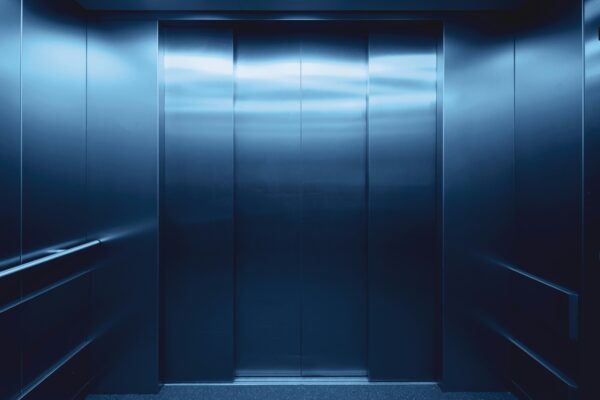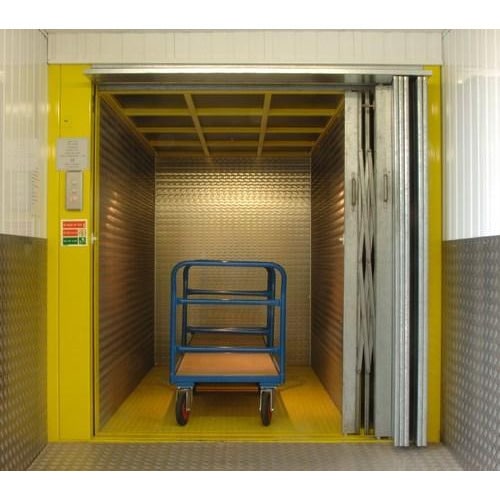Passenger Lifts vs Goods Lifts - What's the Difference?
When exploring different types of elevators, a common comparison is passenger lifts vs goods lifts. While both serve vertical transportation needs, their purpose, design, and functionality differ significantly. Neither of these lift types is designed for private homes, where space is limited, and aesthetics matter more.
Passenger Lifts
Passenger elevators are built to transport people safely and comfortably. They typically offer higher speed (2–10 m/s) and larger cabin space, making them suitable for public buildings, offices, malls, and multi-storey residential complexes.
Key features include:
- Safety systems like alarms, emergency stop buttons, and intercoms.
- Comfort-focused interiors with mirrors, lighting, and modern finishes.
- High traffic handling, following Lift Directive standards for extra safety clearance.
However, they require more space and maintenance, making them unsuitable for small homes.

Goods Lifts
Goods lifts, also called freight elevators or service elevators, are designed for moving heavy materials, machinery, or stock. Common in warehouses, factories, and delivery zones, they focus on durability and practicality.
Key features include:
- Strong, functional design with minimal aesthetics.
- Lower carrying capacity compared to passenger lifts.
- Less complex mechanisms, often easier and cheaper to maintain.
Design & Maintenance Differences
- Passenger lifts: Stylish, complex, and require professional upkeep due to frequent usage.
Goods lifts: Utilitarian, rugged, and simpler to maintain, often serviced by in-house staff.
Key Differences Between Passenger & Goods Lifts
| Key Point | Passenger Lifts (Passenger Elevators) | Goods Lifts (Freight/Service Elevators) |
| Primary Purpose | Designed to transport people safely and comfortably | Built to move goods, materials, or machinery |
| Speed | Higher speed (2–10 m/s) | Lower speed, focused on functionality |
| Capacity | Larger cabin space, higher load capacity for passengers | Smaller cabin, designed for load-bearing but limited passenger use |
| Design & Aesthetics | Stylish interiors with lighting, mirrors, and smooth finishes | Utilitarian design, plain interiors, focused on durability |
| Safety Features | Equipped with alarms, intercoms, and emergency stop systems | Basic safety features, functionality over comfort |
| Usage | Found in malls, offices, residential complexes, public buildings | Found in factories, warehouses, industrial units, and delivery areas |
| Maintenance | Requires frequent and professional servicing | Less frequent maintenance, can often be serviced by in-house staff |
| Space Requirement | Requires more space and shaft clearance (not suitable for small homes) | Compact but still not ideal for private homes |
| Best For | High-traffic, people-centric buildings | Heavy-duty, goods-centric environments |
Not for Private Homes
Both passenger elevators and freight elevators are designed for commercial and industrial use. In private homes, where customization, compact design, and quiet operation are priorities, specialized home elevators are more practical.










